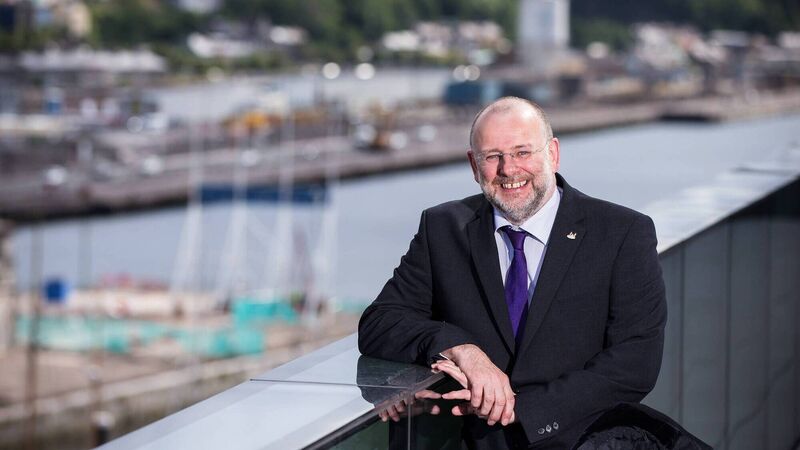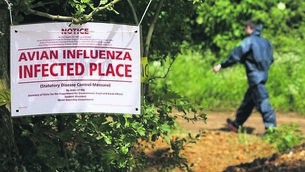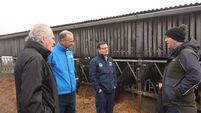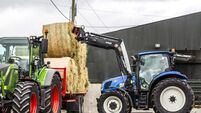Time to tap into the potential of Cork’s Docklands

CORK City Council’s vision for the north and south docks is the creation of a dynamic, sustainable urban quarter in our city which will power economic development in the region and offer a quality of life to our citizens that is unparalleled elsewhere in the country.
Metropolitan Cork has the potential to grow to half a million people in the next 25 years. The most recent census of population showed that the population of the Cork city is growing for the first time since 1979 and that Cork has the highest in-migration rate of any urban area in the country. Cork is seen as attractive place to work and live in and we must build on that reputation.
The 220 ha Tivoli and City Docks projects (North and South docks) will be an eastern extension of the city centre, including the 32 hectare Marina Park which is five times the size of Fitzgerald’s Park. Mixed housing is a key element of the plans for the docklands and under the City Development plan, these projects aim to provide up to 13,000 housing units and 29,000 jobs close to the city centre. That’s a huge quantum of development as there are 78,000 people in employment in the current city council area.
Many of these jobs will likely stem from foreign direct investment and will therefore be well-paid jobs that will attract people to Cork. The city has a great track record of attracting talent from outside. Attracting new talent from abroad is vital and the creation of quality employment and housing in a prime riverside location should also be a strong pull factor for emigrants planning to return home.
The docklands will be a great place to live in. The Tivoli docks and City Docks are close to the city centre and to public transport zones like Kent Station and the Parnell Place bus station. Plans for the docklands also dovetail with the plan to create a transport corridor that begins at either Ballincollig or Ovens (Dell EMC are based in Ovens) and continues through the southwestern suburbs ( which house CUH, UCC and CIT), into the city centre and on to Kent Station where it would link to the northern rail line to Mallow and the eastern rail line to Cobh and Midleton. Another transport spine would potentially continue southwest through the south docks to Mahon and, possibly, across the Tramore river to Rochestown and Passage West.
The exact mode of transport that runs along this route will depend on the density of development in the areas. For light rail transport, we would need around 7,000 people per square km. The densest areas in the city at the moment are around 3,000-3,500 per sq. km. So what we’re looking at initially is a series of dedicated bus corridors but as density grows that would become a rapid transit system which is a type of guided articulated bus running on a track on the ground, and can carrying up to 150 people. They are much cheaper to install than light rail and if we reached the necessary density, we’d then look at light rail along this corridor.
Both the north and south docklands are unusual in city terms as they are surrounded by quite upmarket residential areas so they are not areas of socio economic disadvantage. A mix of housing at the north and south docks will allow us bring some social balance to these areas.
Residents will be within walking distance of Marina Park and the expanded Kennedy Park and when the docklands come into being, commercial shipping will have moved to Ringaskiddy so water enthusiasts will have access to a beautiful stretch of water which is sheltered, quite clean thanks to the Cork Main Drainage Scheme and with lots of opportunity for recreation like rowing, boating and sailing.
There has been criticism at the slow progress of the docklands project since it was first conceived. But it’s worth noting that internationally, none of these developments have happened without pump priming by public money. We were very close to that in 2008 when we had a strong application to build the Eastern Gateway Bridge under the Gateways Innovation Fund. Unfortunately, the fund was pulled due to the onset of the recession.
Cork City Council is ready to go again and local area plans for the Tivoli and City docks should be complete by the first quarter of next year. We also hope to use our Local Infrastructure Housing Activiation Fund ( LIHAF) funding to do exploratory works on the approach to the planned Eastern Gateway Bridge from the south docks side. The bridge itself requires little land acquisition. The €80 million redevelopment of Pairc Ui Chaoimh is also near completion and the Marina Park development has began. Both are major catalyst projects on the eastern side of the south docks.
On the western side of the south docks, the redevelopment of €90 million Navigation House has started which will bring another 300,000 square feet of prime office space to the city.
We also have a proposal which is being formed for the western side of Horgan’s Quay. It’s a strong mixed-use development. These two developments are within the docklands and then adjacent to the docklands, we have OneAlbertQuay, which was completed two years ago. These are significant developments.
In the coming months, the National Planning Framework will be published. This is a high level document which will identify key national infrastructure for construction.
We’d like to see it contain unequivocal support for Cork as a European-scale second city, acting as a counterbalance to Dublin. Some of the most magnificent cities in the world are second cities: cities like Shanghai, Barcelona, Chicago and Munich. Cork should be more than happy to be in that company.
Tomorrow: What is Cork City Council doing to tackle the homelessness and housing crisis, which is an issue nationwide.







 App?
App?




